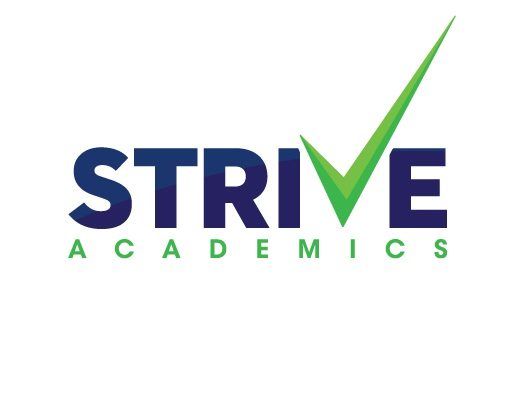Common Literary Devices Students Should Know
What Are Literary Devices?
Literary devices are powerful tools for storytelling. They are techniques that an author uses to convey their message or story. Some common literary devices include similes, metaphors, and personification, but there are so many more ways authors can incorporate literary devices to convey their message. These devices can be used to make a point, add emotion, or create imagery. By using literary devices, authors are able to add depth and interest to their writing.
How Do I Recognize Literary Devices While Reading?
Literary devices can enhance the reading experience by allowing readers to appreciate the artistry of a piece of writing and understand the author’s motives. Recognizing these literary devices helps readers notice nuances and piece together a greater meaning. To identify literary devices, familiarize yourself with as many as possible and practice by reading different works and styles. Eventually, you’ll be able to spot literary devices instinctively without disrupting your enjoyment or focus while reading. Below are some of the most common literary devices students should know.
Common Literary Devices
- Alliteration – the repetition of a sound at the beginning of a word.
- Assonance – the repetition of vowel sounds in a series of words.
- Consonance – the repetition of consonant sounds in a series of words.
- Allusion – an implied reference to another piece of work (literature, mythology, history, plays, movies and TV, people, places, things, etc).
- Apostrophe – when a character speaks directly to a person, idea, inanimate object, or otherwise that is not/cannot be present (e.g. dead persons) as if they were a person that is currently there.
- Diction – word choice of the author or character. Consider the following questions: Why did they use a word as opposed to its synonym? Is it formal or slang? What kind of tone does it convey?
- Hyperbole – an over the top exaggeration.
- Imagery – the use of descriptions that invoke the 5 senses to represent things, actions, or ideas.
- Irony – when something is the opposite of what is expected. There are three types of irony.
- Verbal – a statement that means the opposite of what is actually said.
- Situational – a situation turns out differently than what would normally be expected.
- Dramatic – when a character says or does something that has more meanings that what they think it means. The other characters and/or audience will understand the meaning of the speech or action, but the character won’t.
- Metaphor – a comparison between two things without using the words “like” or “as.”
- Onomatopoeia – use of words that are similar to the sounds they describe.
- Paradox – a saying/situation/action/feeling that appears to be absurd or contradictory but turns out to be true upon greater inspection or explanation.
- Personification – giving something non-human human characteristics (feelings, actions, etc.)
- Pun – substituting words (or parts of words) with different but similar sounding words to
- suggest a different meaning, usually for humorous effect.
- Sarcasm – a type of verbal irony where words are used to criticize or show contempt.
- Simile – a comparison between two things using the words “like” or “as.”
- Symbolism – the use of a meaningful object, phrase, action, etc. to suggest a hidden meaning.
- Syntax – word order. An author may shift English’s usual Subject-Verb-Object word order to emphasize specific words or elements.
- Tone – the attitude of the speaker. Consider: is the character angry? Sad? Relieved? Overjoyed? Cynical? Serious? Etc.
- Understatement – the opposite of hyperbole. Emphasizing something by describing it as smaller, worse, or less important than it actually is.
- Voice – the author’s writing style or point of view. The author will use this to convey a specific message in their work.
- Author’s voice – how the writing style affects the writing.
- Character’s voice – how the narrator and/or main character views the world.
View our resources
Strive Resources | TpT | Made By Teachers | Classful | Etsy
Tag:ACT, High School, Language Arts, Reading, SAT, Writing




